14 of London’s hidden gems you can tour from home
Capital curiosities
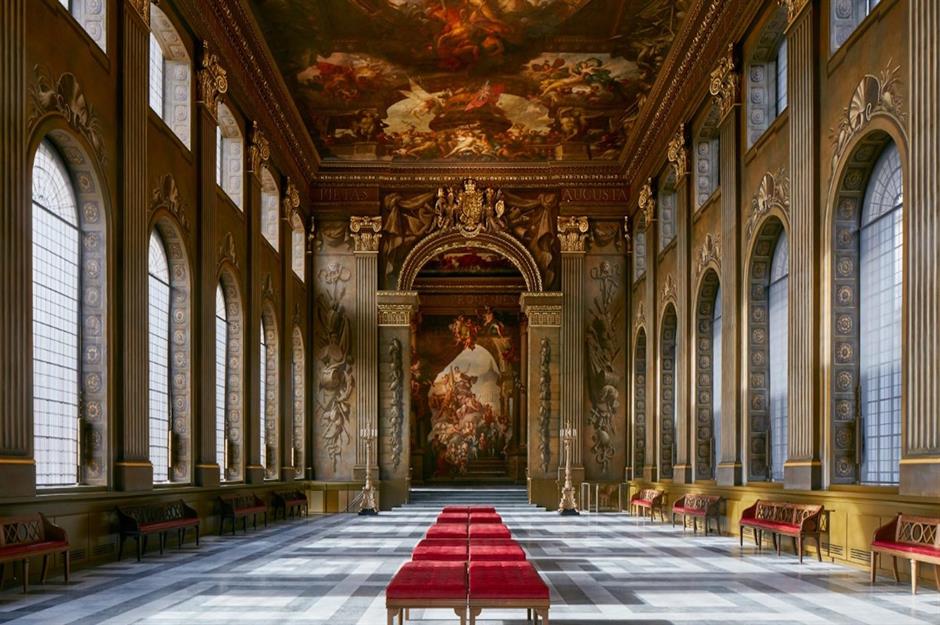
From squirrelled away gardens and rambling graveyards to hidden historic buildings and streets, we plot a route away from the well-worn paths to seek out some of London's hidden gems.
Wanstead Park, Wanstead
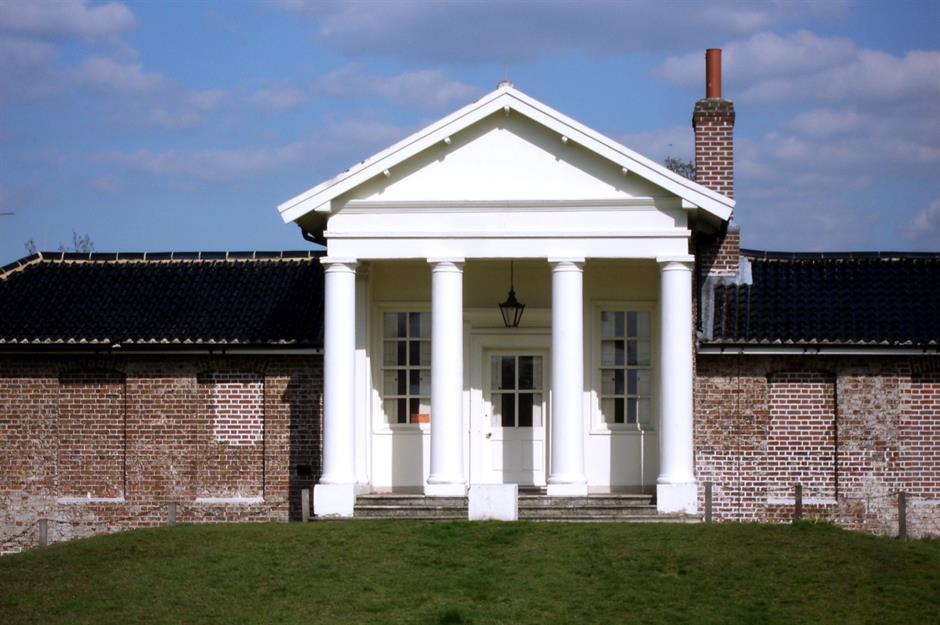
Wanstead Park, Wanstead
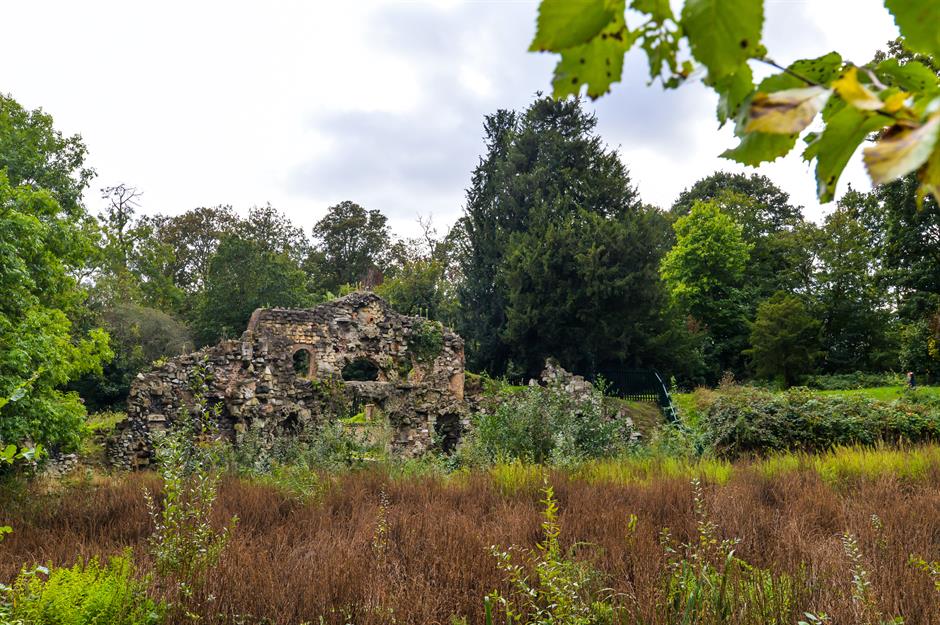
But Wanstead Park’s history goes much further back than that. It was originally a medieval manor, later becoming a royal hunting lodge on an estate favoured by both Henry VII and his son Henry VIII. In 1553 Wanstead House was the setting of a dramatic meeting between Mary and Elizabeth Tudor, when they publicly united against the usurper Lady Jane Grey. It was turned into the grand Palladian mansion in 1715. Pictured here are the remains of its elaborate grotto, set back from the banks of Ornamental Water.
Love this? Follow us on Facebook for more travel inspiration
Sydenham Hill Wood, Sydenham
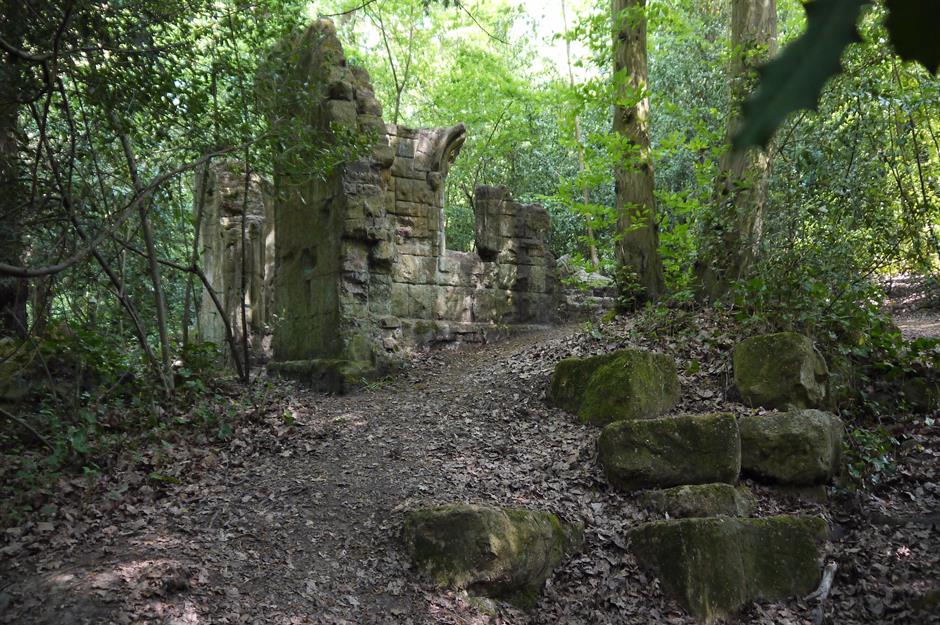
Sydenham Hill Wood, Sydenham

Wilton’s Music Hall, Whitechapel
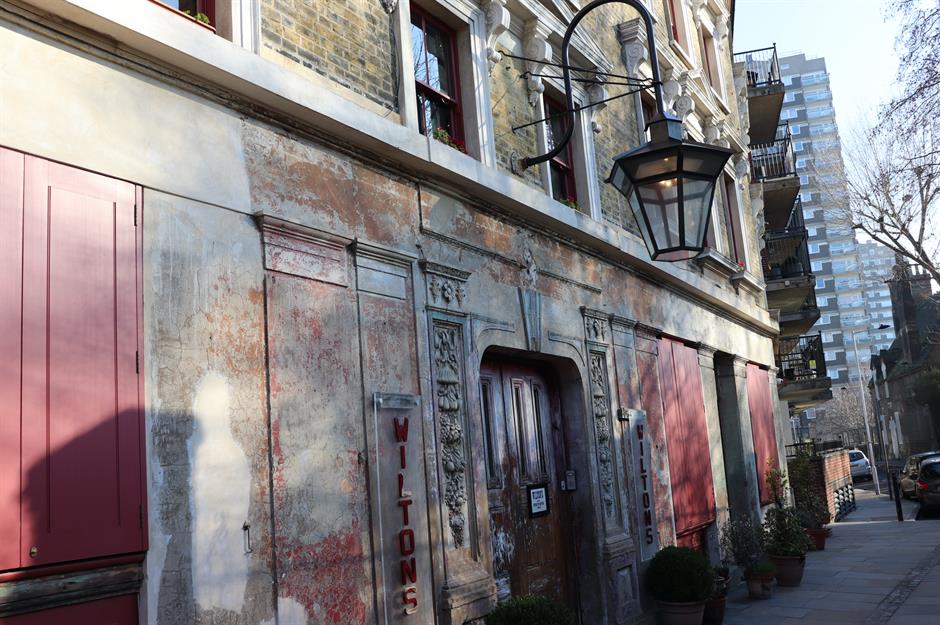
Hidden behind a nondescript row of terraces along a shabby backstreet in Whitechapel lies the world's oldest surviving music hall. Built by John Wilton in 1859 to replace a concert hall at the back of an old alehouse, the grand barrel-vaulted Victorian music hall became famous. With a mission to entertain East End merchants, dock workers and sailors looking for a spot of bawdy revelry, it was an incredible space that rivalled the West End theatres with its multiple levels, winding staircases, mirrors, chandeliers and decorative paintwork.
Wilton’s Music Hall, Whitechapel
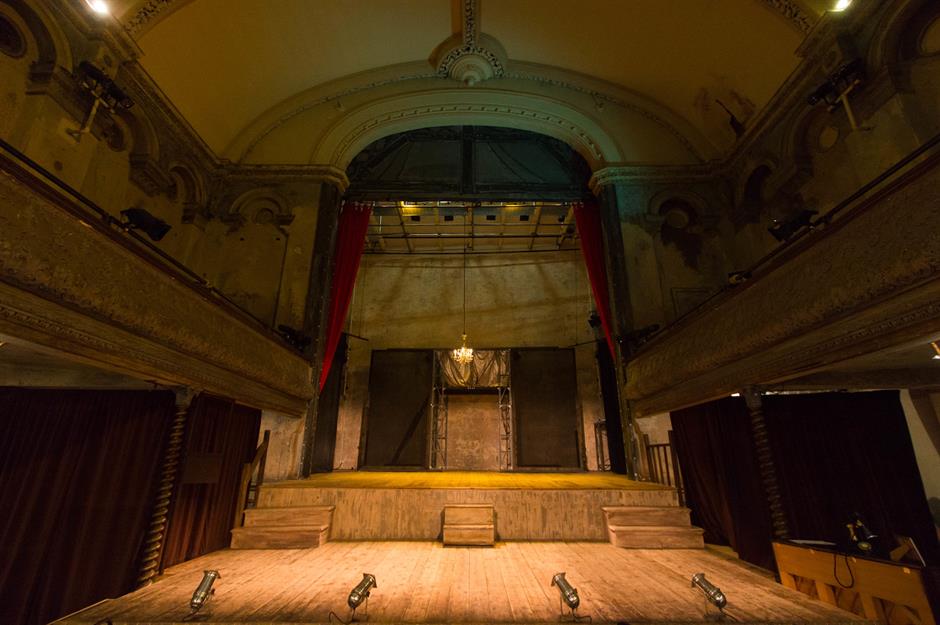
In a strange twist of fate, Wilton’s was bought by the East London Methodist Mission in 1888 when the East End became notorious for extreme poverty. Remarkably the handsome music hall survived the Blitz intact, briefly becoming a rag warehouse after the war. Slated for demolition in the 1960s, it was thankfully given a Grade II listing in 1971. But it remained in a derelict state for many years until extensive restorations (which have retained its 19th-century charm) began in 2005, transforming it into a modern theatre, rehearsal and performance space.
Crossness Pumping Station, Abbey Wood
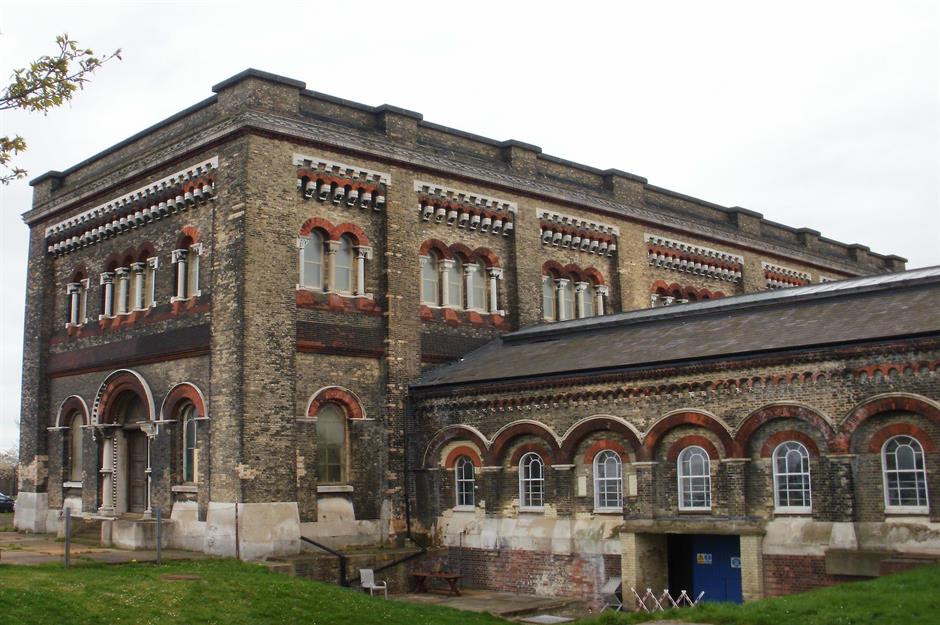
Crossness Pumping Station, Abbey Wood

The pergola and Hill Garden, Hampstead
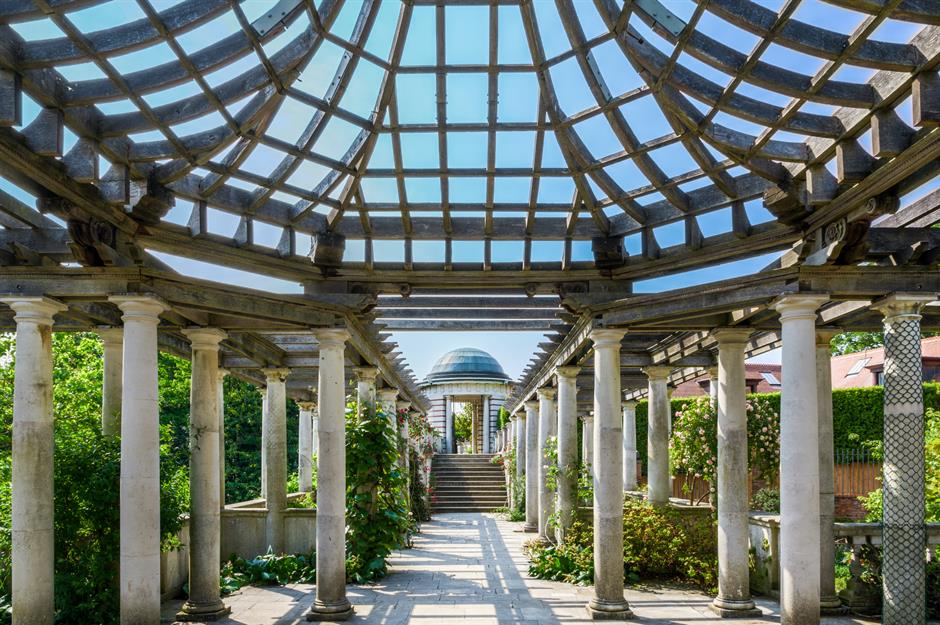
The pergola and Hill Garden, Hampstead
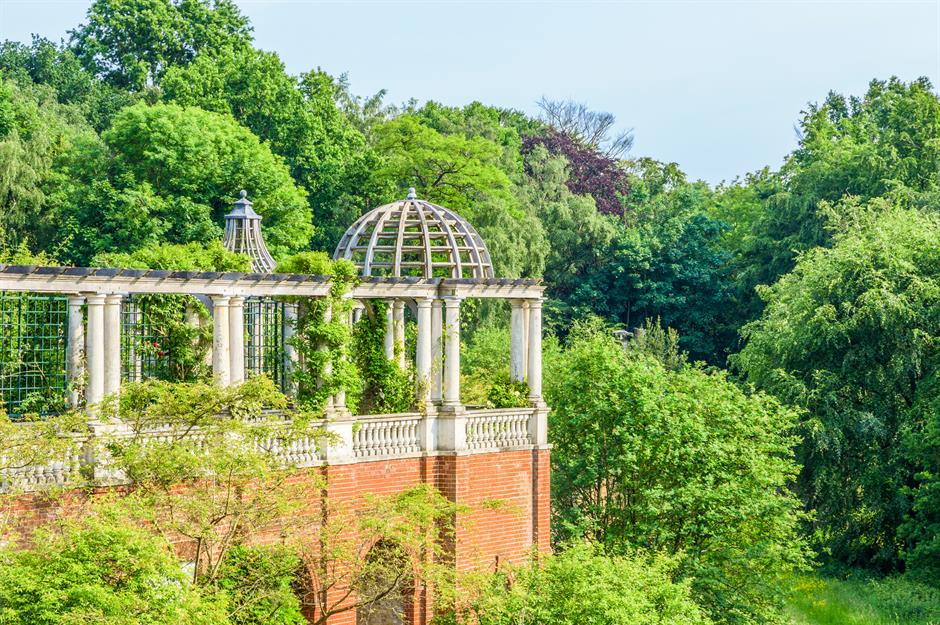
The elegant elevated walkway, with its long avenue of classical stone columns, was constructed in the early 20th century by Sir William Hesketh Lever (later Lord Leverhulme), an Edwardian soap magnate. It was the centrepiece for the private sweeping gardens of his grand Hampstead townhouse The Hill, since renamed Inverforth House. The pergola became public land and was restored and opened to the public in 1963.
London Mithraeum, City of London

London Mithraeum, City of London
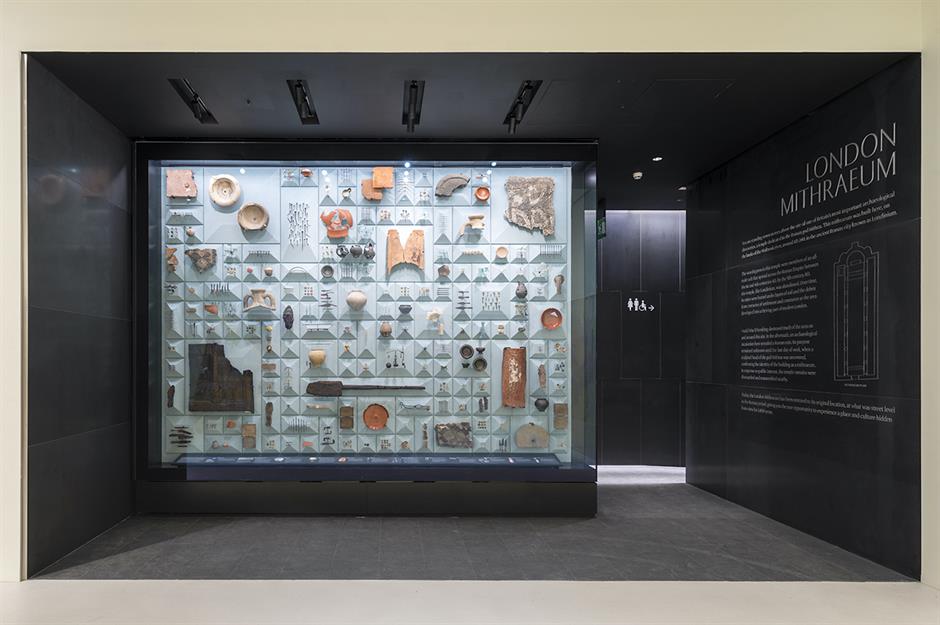
The temple was built around AD 240 on the banks of the now underground River Walbrook in honour of the mysterious cult figure Mithras the bull-slayer. A carved marble head of the handsome young god was found among the ruins in 1954, which is now on display in the Museum of London. As well as the temple itself, the space houses 600 of the 14,000 Roman artefacts uncovered on the site.
Lambeth Palace, Lambeth
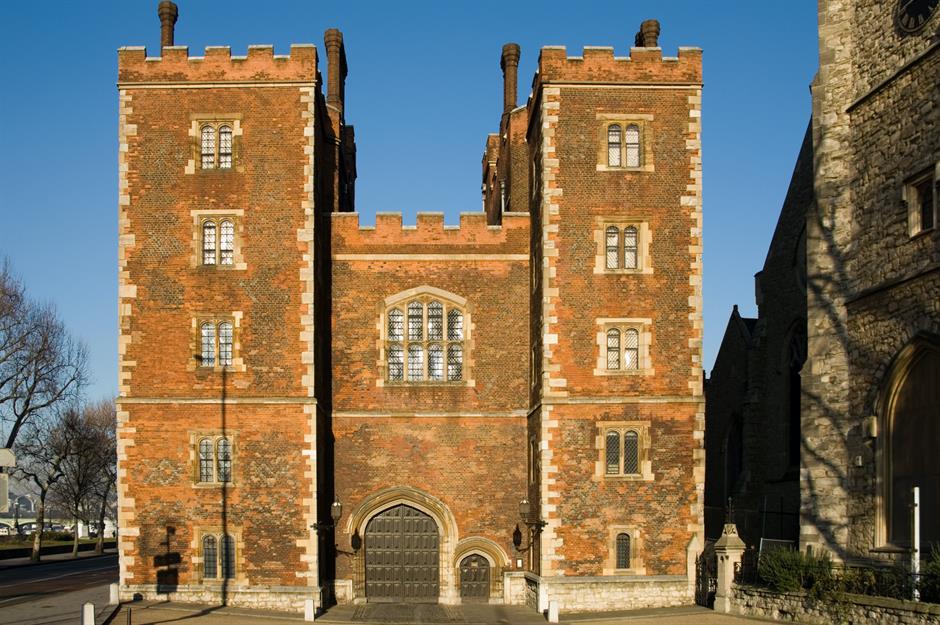
Lambeth Palace, Lambeth
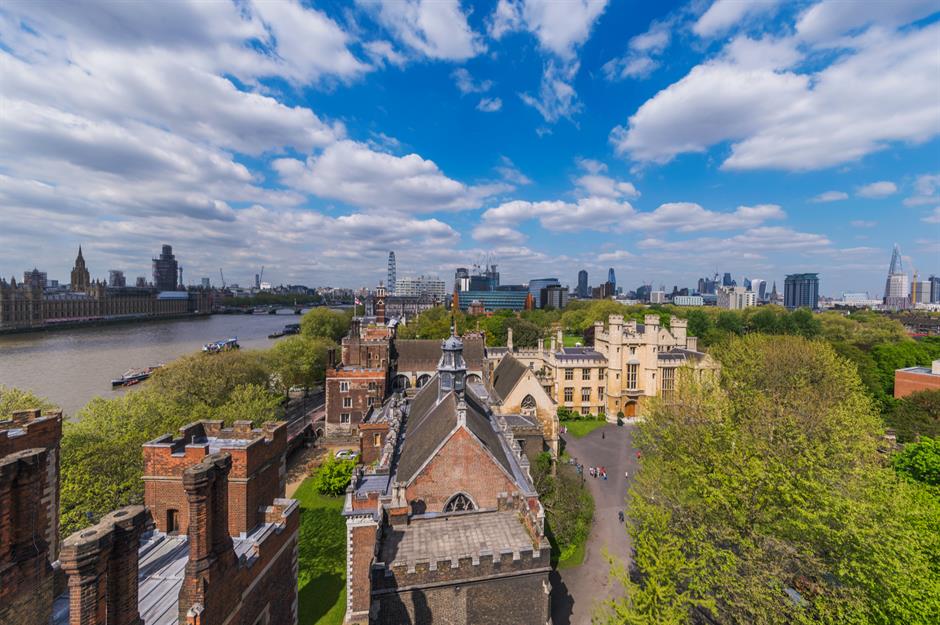
St John’s Gate, Clerkenwell

St John’s Gate, Clerkenwell
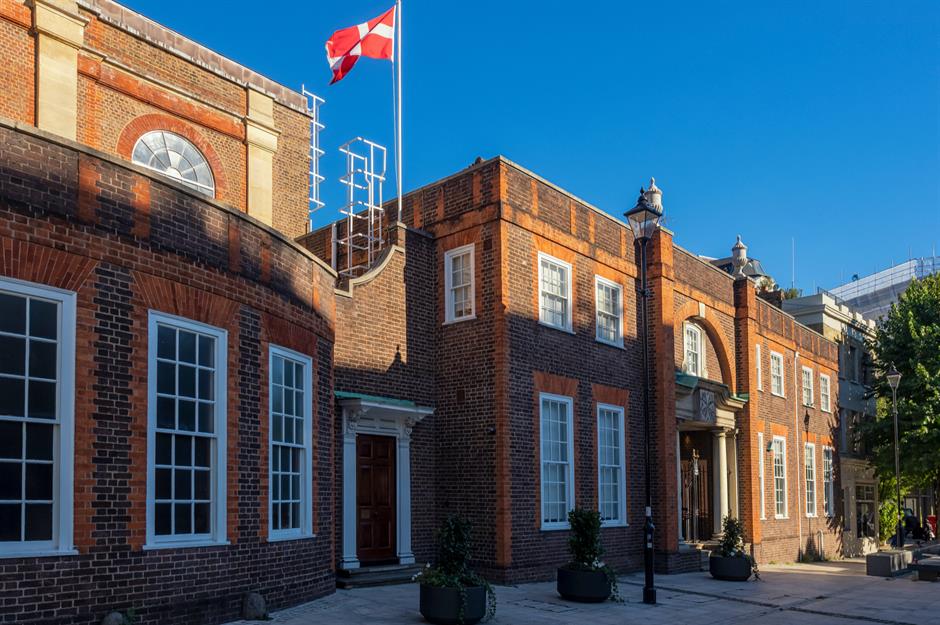
The Priory Church (pictured) over the other side of Clerkenwell Road stands on the site of the original round church, which was built by the Knights of St John and consecrated in 1185. By the end of the 19th century, the gatehouse was used as a pub which was frequented by Charles Dickens. Today it houses the intriguing Order of St John museum which tells the story of the order's origins from 11th-century Jerusalem, through to its role today with the charitable organisation St John Ambulance.
Severndroog Castle, Shooters Hill
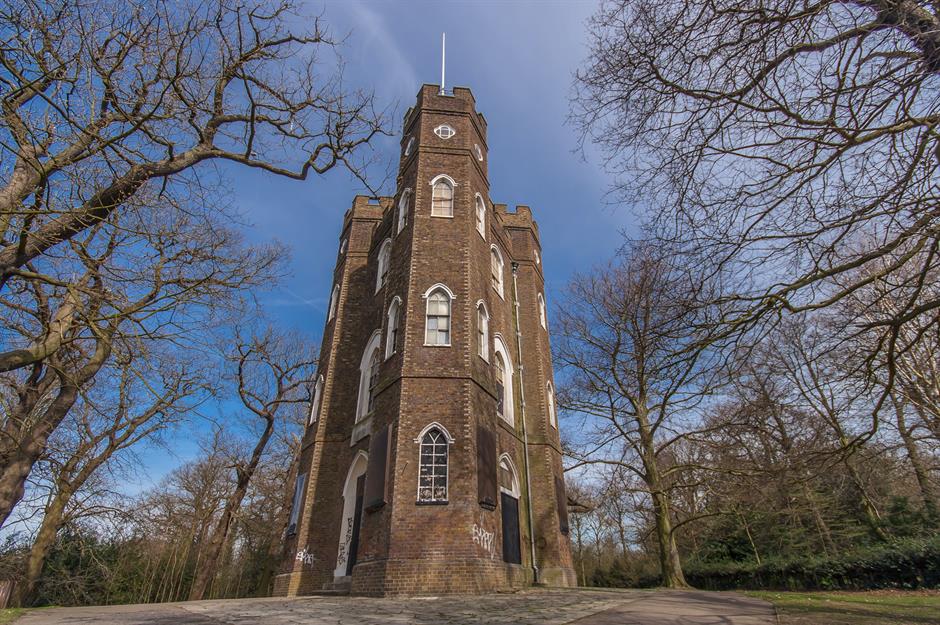
This Gothic tower looks like something out of a fairy tale but it's actually perched on top of Shooters Hill in the Royal Borough of Greenwich. The imposing building was commissioned by Lady James of Eltham to commemorate her beloved husband Sir William James, director of the East India Company. At 432 feet (132m) above sea level, it has some of the best views in the city.
Roupell Street, Lambeth
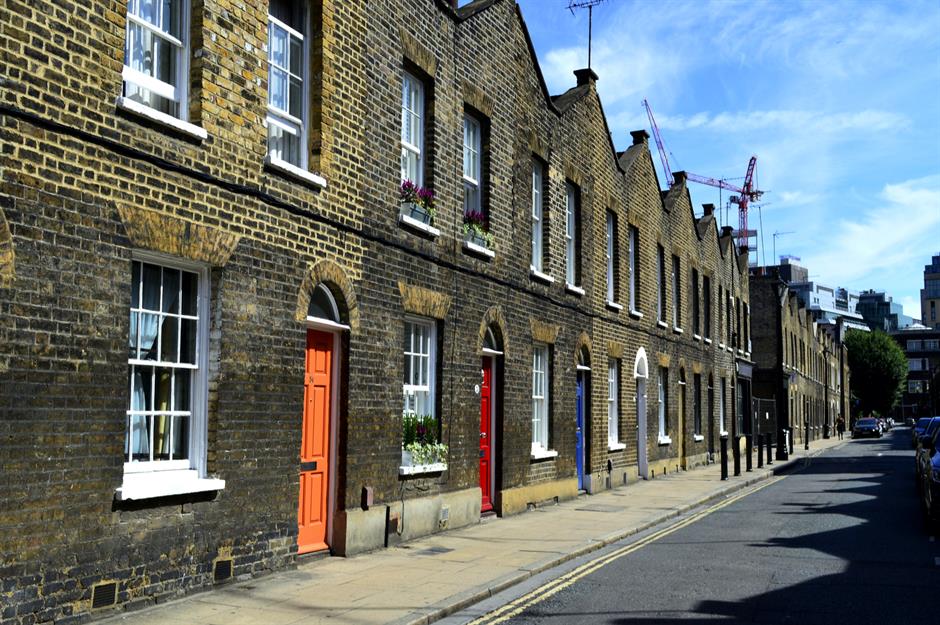
Just steps away from main thoroughfare Waterloo Road lies one of London’s best-preserved historic streets. With its uniform Georgian terraces, Roupell Street is like going back in time to 19th-century London. Now a conservation area, it dates back to the 1820s when the humble two-storey brick houses were built on former marsh land by gold refiner John Palmer Roupell for workers. Unsurprisingly, today the houses command a pretty price and the historic enclave has featured in numerous period dramas and films.
Apothecaries’ Hall, City of London
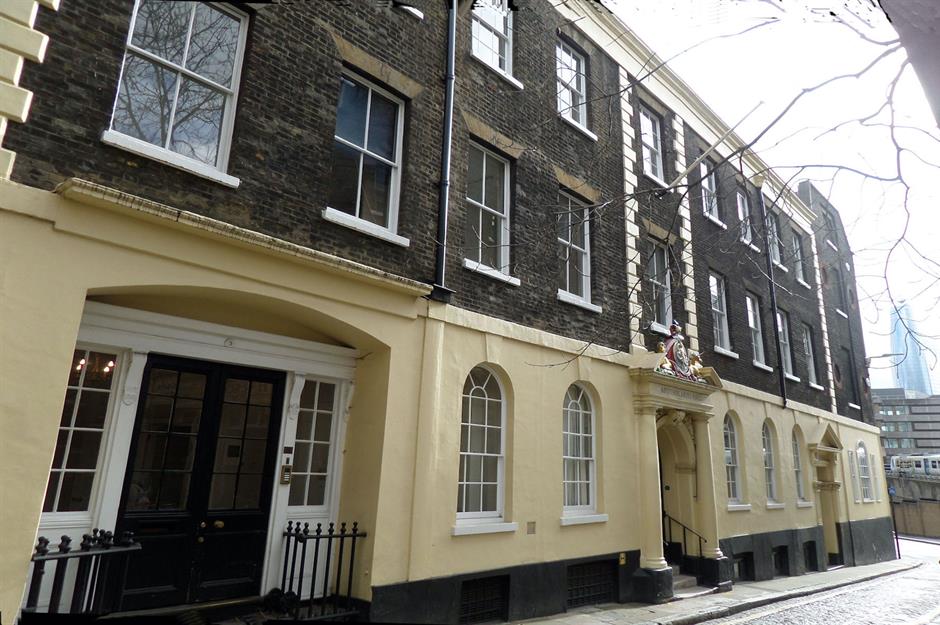
At the end of an ancient archway, tucked down Black Friars Lane in the City of London and guarded by golden unicorns, lies London’s oldest surviving livery hall. Initially, the apothecaries had been members of the Grocers’ Company as they were seen as spice-sellers, but as they accrued pharmaceutical skills, they sought to establish their own livery company. Most of the current building dates from 1672 when it had to be rebuilt after the Great Fire of London, although some parts of the original 13th-century building remain.
Apothecaries’ Hall, City of London
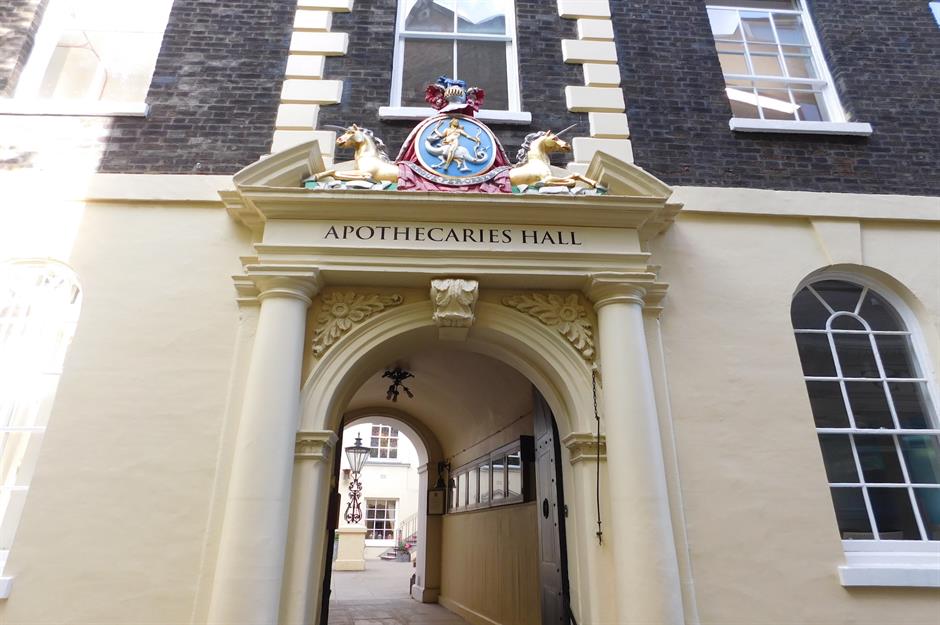
Nunhead Cemetery, Nunhead
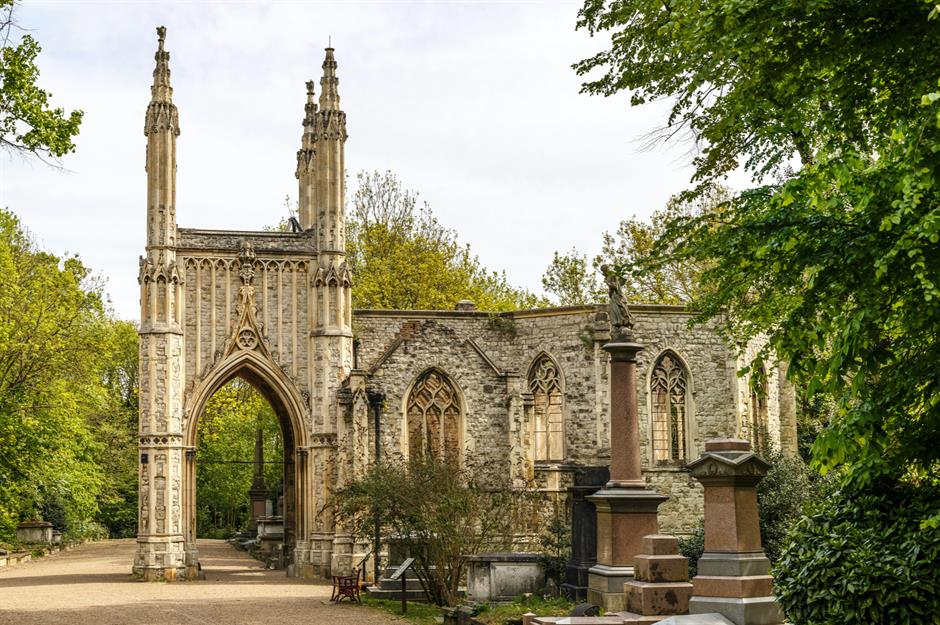
Nunhead Cemetery, Nunhead
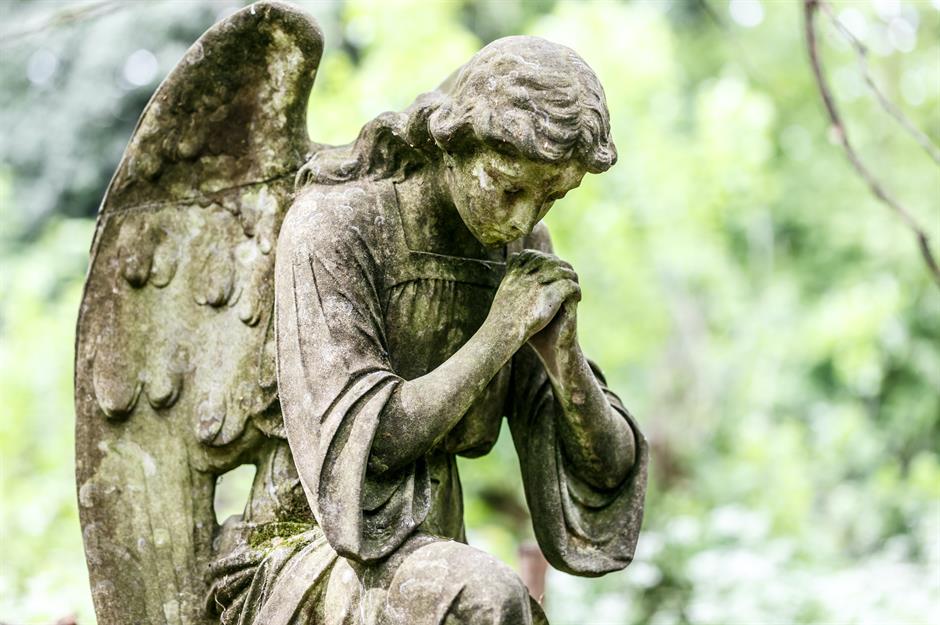
St Dunstan-in-the-East, City of London
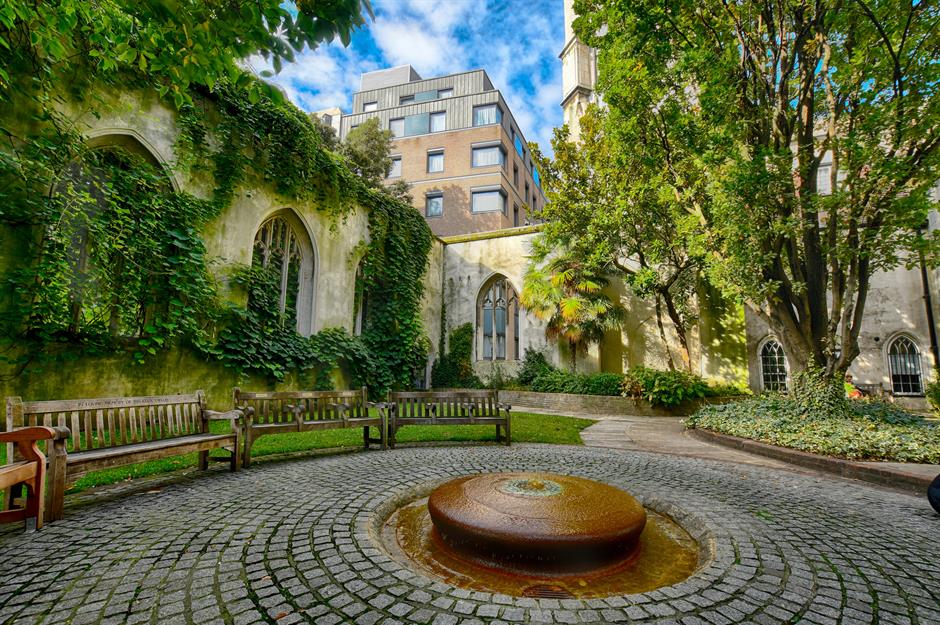
First consecrated in the early 12th century, this medieval church stood until the Great Fire of London swept through the old city in 1666 and damaged large parts of it. It was restored and a replacement steeple, designed by Sir Christopher Wren, was added in 1695 to 1701. It was the Blitz that eventually did it for the age-old church. Although remarkably, Wren's tower and steeple survived the bombing of 1941 but only the north and south walls of the church remained.
St Dunstan-in-the-East, City of London
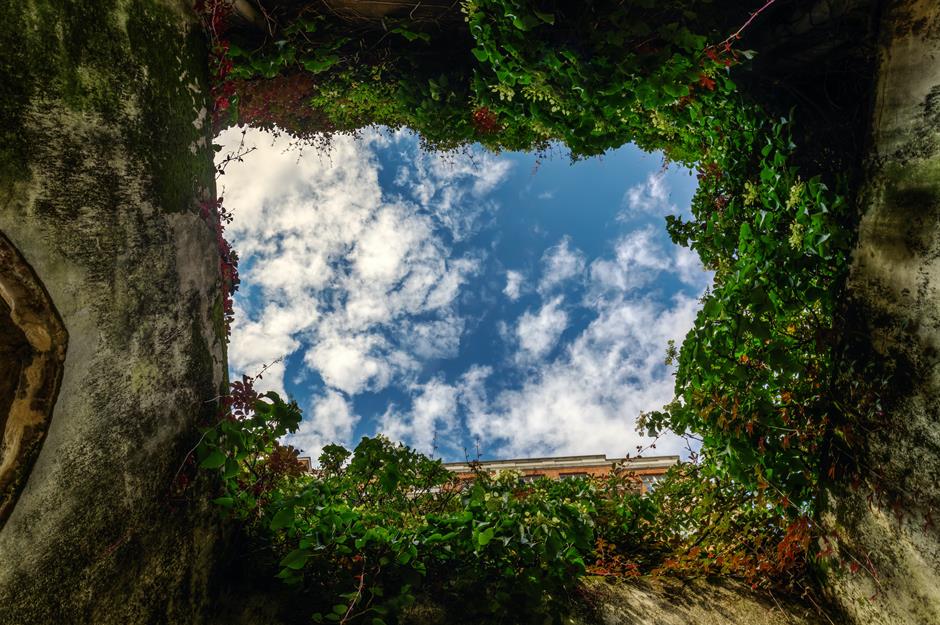
Thankfully, St Dunstan-in-the-East was reborn as a heavenly little space after its bombed-out ruins were transformed into a tranquil public garden in the 1970s. Located between Tower Hill and Monument underground stations, the Grade I-listed building now stands testament to London's resilience.
The Painted Hall, Old Royal Naval College, Greenwich
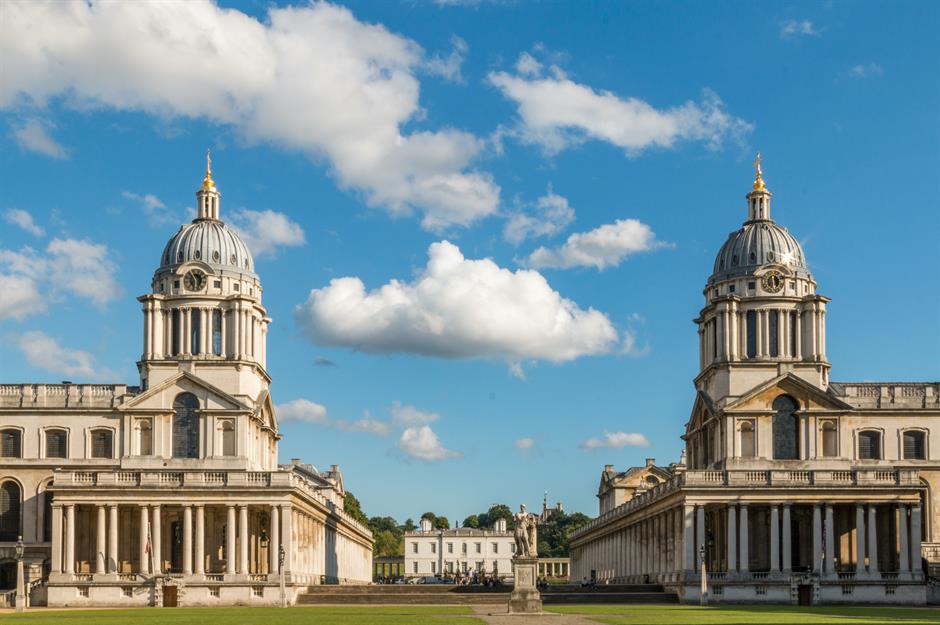
The Painted Hall, Old Royal Naval College, Greenwich
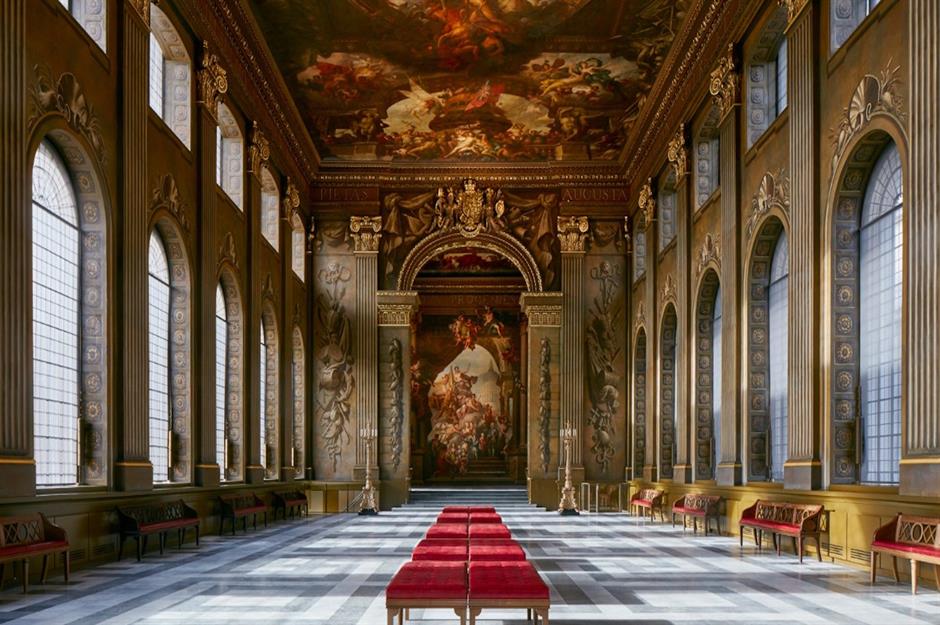
As one of Europe's most spectacular Baroque interiors, it has been dubbed Britain’s Sistine Chapel, but it certainly isn't as well-known. The hall's most significant historic occasion was when it was used for the lying-in-state of Lord Nelson in January 1806 before the naval hero was given a state funeral. Today, the exact spot where his coffin lay is marked by a plaque.
Comments
Be the first to comment
Do you want to comment on this article? You need to be signed in for this feature